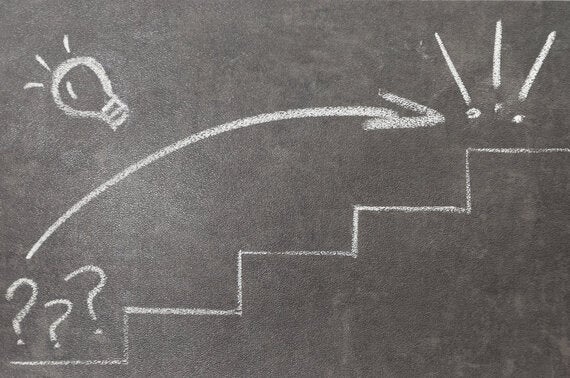
Let's agree to the fact that we are familiar with Sherlock Holmes and are aware of his methods of deductive reasoning. Despite being a fictional character, created by Arthur Conan Doyle in the 19th century, Sherlock Homes revolutionized the art of reasoning/detection, and converted it from art into proper science.
Those who have read Sherlock Holmes or have seen the character on TV are sure to have been impressed by his methods of abductive reasoning. Deducing one's occupation only by observing his or her hands or any other piece of material is no easy thing and requires high input of logic and experience.
Traditionally, detectives only depended on clues to solve mysteries. They looked for the mistakes a criminal usually makes while committing a crime, and hoped that these would leave a trail of bread crumbs leading directly to the culprit. This particular method of solving crimes was very clumsy and often led to the arrest of innocents. There was little chance of catching seasoned criminals since they left no or an extremely complex trail.
However, the scientific method of reasoning, which involves the process of observation, hypothesis, prediction, experimentation and conclusion - introduced by Sherlock Holmes - proved much better, authentic and way more conclusive than the age old method of following a trail of mistakes.
Now, there are many who find these methods of deduction impressive and worth learning, since they can be helpful in their day-to-day lives as well. We may not be solving crimes, but these methods are still helpful in many ways like when you're trying to find your lost keys, your TV remote, or when you wish to impress your colleagues at work by deducing what they were doing the night before.
The following is a guide for those who wish to learn how to deduce like Sherlock Holmes:
Step 1: Observe

The process involves complete observation of the environment which revolves around the case. It requires the gathering of all data, even if it seems trivial or ordinary at first. However, it is necessary that you do not make any deductions without observing the evidence first, as Sherlock himself says:
"It is a capital mistake to theorize before you have all the evidence. It biases the judgment."
Improving your observation skills is a must if you want to be good at deducing things. You need to keep your senses alert at all times. Observation is different than seeing or looking at things. It is the ability to pick up things and then transpose facts into conjecture.
For example, you may have seen a stranger passing by, but if your observation skills are good, you'll notice that he has dog hair on his shirt, which gives birth to the possibility that he has a dog.
Sherlock Holmes explains the process in the following conversation with Dr. Watson:
"You see, but you do not observe." Sherlock said. "The distinction is clear. For example, you have frequently seen the steps which lead up from the hall to this room."
"Frequently."
"How often?"
"Well, some hundreds of times."
"Then how many are there?"
"How many? I don't know."
"Quite so! You have not observed. And yet you have seen. That is just my point. Now, I know that there are seventeen steps, because I have both seen and observed."
Step 2: Theorize

Now comes the important part of theorization. But before you start theorizing anything, you'll need to filter out the unnecessary data first that you'd gathered while observing the evidence. Otherwise, you may end up creating dozens of theories which will only divert your attention away from the main problem at hand.
Successful deduction requires complete focus on the main problem at hand. This means you'll need to identify and ignore any false scent you may come across. Only after you've cleaned up all the unnecessary data and singled out the information which is essential can you then move on to the process of hypothesis and theorization.
Now comes the part where you rack up your brain a little since you need create a suitable theory to fit all the facts. However, you may face the problem of creating more than one theory. Most people prefer the application of guess work in this case which is wrong, as Sherlock himself said:
"I never guess. It is a shocking habit,--destructive to the logical faculty."
It is better to eliminate superfluous theories in this case and pick out the ones which seem most probable. While figuring out which theories apply best to your case, it helps if you locate all the points in your case that are impossible and leave the ones that are improbable.
Sherlock supports this point by saying:
"That process, starts upon the supposition that when you have eliminated all which is impossible, then whatever remains, however improbable, must be the truth. It may well be that several explanations remain, in which case one tries test after test until one or other of them has a convincing amount of support."
Step 3: Test and Conclude

Now that you have gone through the hassle of observing the evidence and creating relevant theories, it is time to test them out. Your theory may fail the first few times but you shouldn't consider that as defeat, but should move through the previous steps again and try figuring out what you have missed.
Even the great Sherlock Holmes had to face the embarrassment of seeing his theories fail in the first few attempts. There are many cases worked on by Sherlock that failed to produce any desirable results.
But instead of giving up, he looked for whatever pieces of evidence he had missed, and added them to his puzzle. More often than not, he saw the results changing spectacularly in his favor.
I hope that the above mentioned steps will help you understand the science of deduction and allow you to successfully implement it in your daily life.
